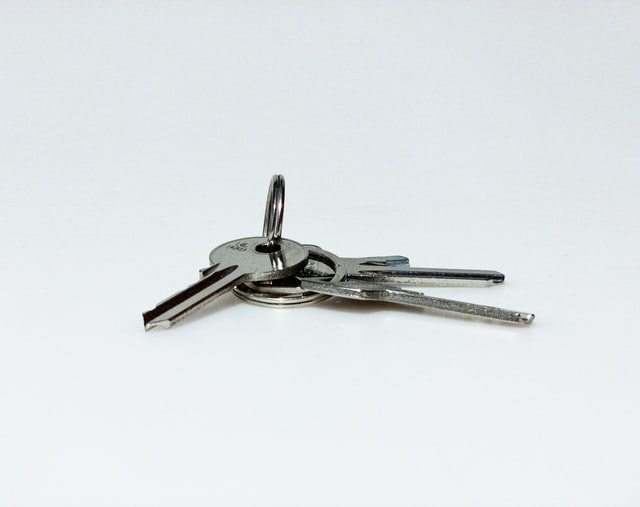Let’s start with the definition of the abbreviation: ITP stands for Impuesto de Transmisiones Patrimoniales y Actos Jurídicos Documentados and it is a Transfer Tax and Stamp Duty. This tax that must be paid to the Hacienda (the Treasury) when buying and selling houses and vehicles (both second-hand), when renting out an apartment or for other ways of capital increase.
Although it is a state tax, each autonomous region is responsible for its collection. It will, therefore, have specific rules and specifications. This article will only focus on the ITP in Catalonia.
Table of Contents
ITP in Catalonia
Now that you have read about this tax, let’s expand on its definition in Catalonia, as it is somewhat more complex.
According to the website of the Agència Tributària de Catalunya, the Transfer Tax contains 3 different types of activities on which it is levied:
- Las transmisiones patrimoniales onerosas (TPO): this concerns transfers between natural persons
- Buying and selling real estate
- Renting out a property
- Buying and selling used vehicles or vessels
- A loan to a family member
- Administrative transfer
- Other asset transfer with capital gains
- Las operaciones societarias (OS): carried out between legal entities for profit. They do a self-assessment with form 600.
- Los actos jurídicos documentados (AJD): these are notarial, commercial, administrative and judicial documents.



Photo via Pexels
Now that you know this, you wonder: “Who pays for this transfer tax?” In most of the cases – depending on the type of transaction involved – it is the buyer (or tenant, pensioner, company…).
 You can find more information in this Practical Guide on Transfer Tax by the Agència Tributària de Cataluña. You can find more information in this Practical Guide on Transfer Tax by the Agència Tributària de Cataluña. |
We will now look at how this tax should be paid when doing real estate transactions.
ITP and buying a property
As you may have noticed, Transfer Tax is also applicable when buying a second-hand property (as new-build properties are subject to VAT), and also when renting out a property. Let’s discover more on this matter.



Photo via Unsplash
When to pay ITP when buying a property?
Although it seems like only a small tax, it is considered to be one of the highest amounts when buying second-hand property. It is correct that the ITP depends on the Autonomous Community in which it is levied, but it is an interesting fact to know and calculate beforehand, as you want to know if a deal is worth it or not.
Now you also might want to know when this ITP should be paid when buying a property? Normally it is due at the time of signing the deed. In fact, you have a maximum of 30 working days from the date you sign the deed at the notary to pay the requested amount.
 Remember that you will only pay ITP on existing homes and not on newly built properties. You pay VAT on the latter. Remember that you will only pay ITP on existing homes and not on newly built properties. You pay VAT on the latter. |
Who pays for the ITP when buying a property?
As already mentioned, the buyer must pay the Transfer Tax at the time of signing the deed. So it is one more expense that should be added to all the other expenses of buying a property.
What documentation is needed to pay for the ITP?
You should visit the corresponding Agencia Tributaria de Cataluña, and take the following documentation with you:
- Personal identity document
- The original document of the public deed (to be returned at the time)
- A simple copy of the public deed (to be kept by the tax office)
- A form called Modelo 600 should be filled out
 If a taxpayer is eligible for a tax deduction or reduced tax rate, documentation must be provided to prove that requirements are being met by the applicant. If a taxpayer is eligible for a tax deduction or reduced tax rate, documentation must be provided to prove that requirements are being met by the applicant. |
How to calculate the ITP when buying a property
As giving an example always works better than just telling the rules and regulations, we will now show you how to calculate the ITP when buying a property.
An apartment is sold in Barcelona for 300.000 euros, and it is taxed at a rate of 10%*, which means the amount of the ITP is 30.000 euros. *You can consult the rates and tax rates this section of the Agencia Tributaria de Catalunya website.



Photo via Unsplash
ITP when renting out a property
When renting out an apartment in Barcelona, ITP must also be applied, as it is a real estate property that is used as a home. Let’s share some more details.
Who then pays for the ITP when renting out an apartment?
In order to know who is responsible for paying the ITP when renting out an apartment, we need to explain a bit more. Although the tenant (art. 8.f) is normally responsible for paying this tax, the landlord (according to article 9 of the Texto Refundido de la Ley del Impuesto sobre Transmisiones Patrimoniales y Actos Jurídicos Documentados) becomes the one who is responsible for paying the ITP if he has received the first month’s rent without requiring the tenant to pay the tax.
How to calculate the ITP when renting out an apartment
To get a better picture, we will discuss the following example with you: the monthly rent of an apartment is 800 euros. This leads to an annual amount of rent of 9,600 euros (multiplied by 12). Let’s assume that our rental contract is for 3 years, so then we multiply the annual amount of rent by 3. This gives us a total number of 28,800 euros. Now you can apply the applicable tax rate, which is 0.5%. The amount of ITP to be paid is 140 euros.
 ShBarcelona can fill in the Modelo 600 for you, which means we can arrange the complete process and payment of the ITP. ShBarcelona can fill in the Modelo 600 for you, which means we can arrange the complete process and payment of the ITP. |



Photo via Unsplash
Do you have any more questions on the ITP?
Tell us in the comment section, and we will answer your questions!






















Gracia resident wants to add two sisters who are not residents to ownership of a 166K euro apt. Can this be done without a sale of the property and/or a trust?